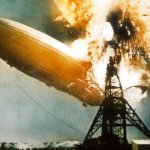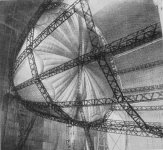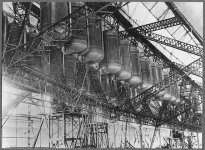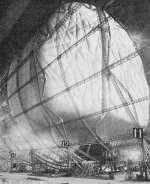Looks like it’s not quite the silver bullet I’d hoped. In order to keep NOx down, mixtures must be set as such that it roughly halves the power compared to a petrol equivalent. Hardly an appealing option! Then there’s the bulky high pressure vessel and small atoms which have a nasty habit of leaking and creating a highly explosive environment!
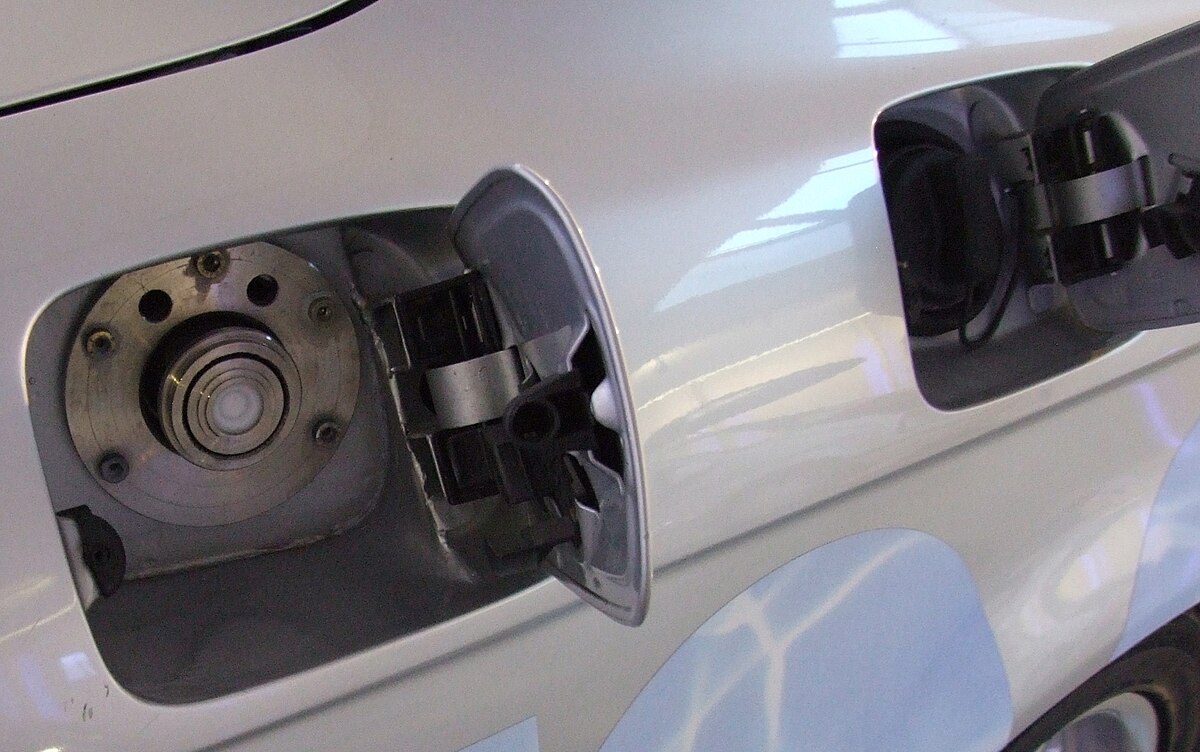
 en.wikipedia.org
en.wikipedia.org
Hopefully petrol will continue to be available long into the future for our our classic cars, but I’d imagine the price per litre will be soul destroying!!

Hydrogen internal combustion engine vehicle - Wikipedia
Hopefully petrol will continue to be available long into the future for our our classic cars, but I’d imagine the price per litre will be soul destroying!!

